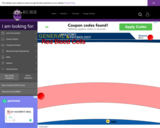
In this animated and interactive object, learners examine the red blood cell's life cycle and function. A brief exercise completes the activity.
- Subject:
- Agriculture & Natural Science
- Physiology
- Date Added:
- 10/15/2010

In this animated and interactive object, learners examine the red blood cell's life cycle and function. A brief exercise completes the activity.

In this interactive object, learners identify a person's regional body parts.
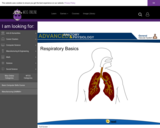
In this animated and interactive object, learners examine ventilation, external and internal respiration, and gas transport.
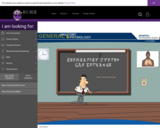
In this animated object, learners examine the mechanisms for gas exchange among the lungs, blood, and tissues.

Learners examine the structure and function of skin including the production of melanin.

Learners review a graphic summary of the three series of reactions that occur during cellular respiration and the net energy (ATP) yield of that process.

Learners read descriptions of the actions of the superficial skeletal muscles and see their locations. A 61-question quiz completes the activity.
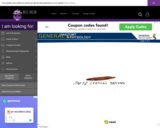
In this interactive and animated object, learners read a description of the number, name, and function of the cranial nerves. A matching quiz completes the activity.
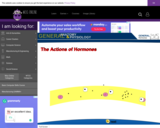
In this animated object, learners compare the mode of action of steroids with the action of amino acid-based hormones.
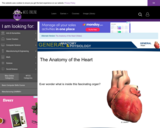
In this animated and interactive object, learners identify the valves and chambers of the heart.

In this animated object, learners examine the bones of the appendicular skeleton.
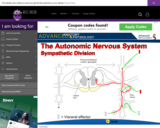
Learners examine the function and wiring of the sympathetic nervous system.
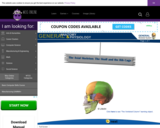
In this animated object, learners examine the eight cranial bones, the fourteen facial bones, and the ribs.
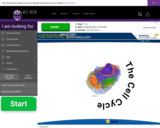
In this animated object, learners examine the different phases of a cell's life.

In this animated object, learners view molecules as they collide and move between two different solutions. They also observe what happens when the temperature of the solutions is raised or lowered.
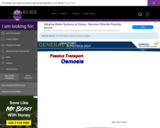
In this animated object, learners examine water molecules moving through a semipermeable membrane.
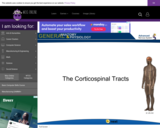
In this animated object, learners examine the major descending tracts of the nervous system. A matching exercise completes the activity.
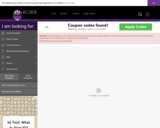
In this animated object, learners view the "T" and "P" waves and the "QRS complex." A brief quiz completes the activity.
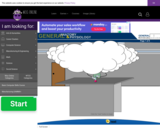
In this animated object, learners examine synthesis, decomposition, exchange, and reversible reactions.

In this animated and interactive object, learners examine the location, structure, and function of the juxtaglomerular (JG) apparatus.